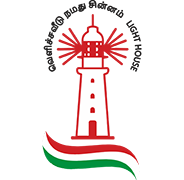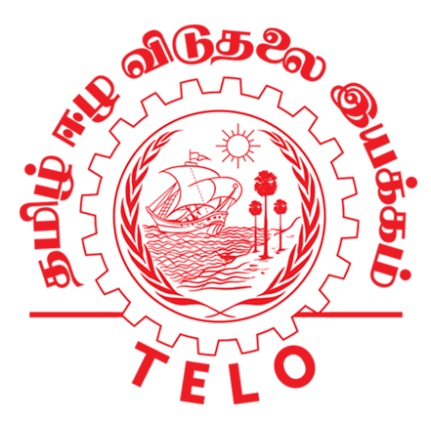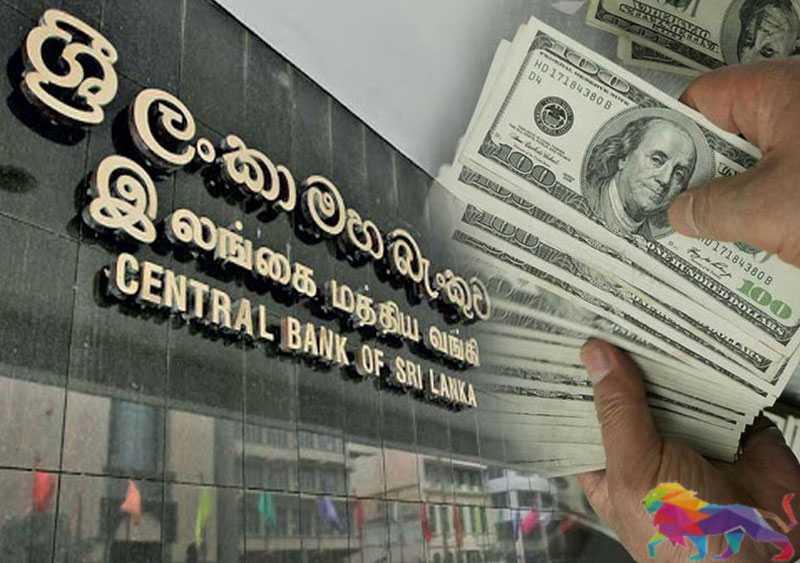Sri Lanka has liquidated a part of its gold holdings in December 2020 to boost liquid foreign assets in line with a drop in annual foreign reserves holdings, Central Bank Governor Nivard Cabraal said even as year-end reserves were boosted with a swap from China.
The central bank is estimated to have sold about 3.6 tonnes out of a 6.69 tonne stock pile of gold (about 215,000 troy ounces) it had at the beginning of 2021, leaving it with around 3.0 to 3.1 tonnes of gold.
In 2020 also the central bank also sold 12.3 tonnes of gold after starting the year with 19.6 tonnes of gold.
The gold sales was to boost liquid reserves, Governor Cabraal said.
“When reserves reduce we reduce the gold holding,” Cabraal said. “We bought gold when foreign reserves were going up.
“Once the reserve levels increase over 5 billion US dollars CBSL will consider increasing the gold holdings.
Sri Lanka’s gross foreign reserves picked up to 3,137 million US dollars in December, after dropping to 1,588 million US dollars in November, though reserves are down from 5,665 million dollars at end of 2020.
It is the fourth year running that Sri Lanka has sold gold.
Sri Lanka started to buy gold aggressively when Governor Cabraal was running the agency in a previous term.
In 2009, Sri Lanka bought 15.8 tonnes of gold from the International Monetary Fund. After selling in 2010 and 2011, Cabraal bought 3.6 tonnes of gold in 2012 and 9.3 tonnes in 2014 as reserves recovered amid deflationary policy (sterilized purchases of forex).
However from 2014 September Sri Lanka’s monetary policy deteriorated with large liquidity injections made to target a call money rate, despite operating a peg and sharply less rule based policy being followed under ‘flexible’ inflation targeting and ‘flexible’ exchange rate.
Sri Lanka sold gold in 2015, 2018 and 2019 but did not buy any back as reserves fell in line with liquidity injections.
A central bank that targets an exchange rate cannot also control short term interest rates by printing money (inflationary policy), when economic activity (private credit in particular) recovers without selling a similar equivalent in dollars.
Sri Lanka started the current bout of inflationary policy around August 2019 re-purchasing bonds from the market (re-monetizing past deficits) when foreign reserves were 8.5 billion US dollars.
Such soft-pegs end up at the International Monetary Fund until laws to end the discretionary injections are brought or there is a shift to a clean floating regime.





